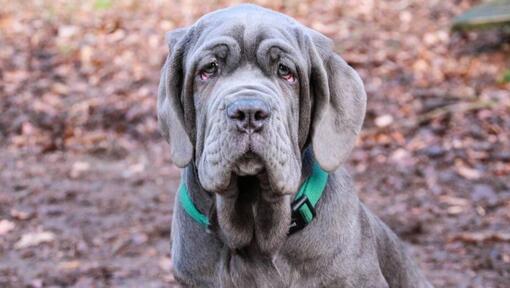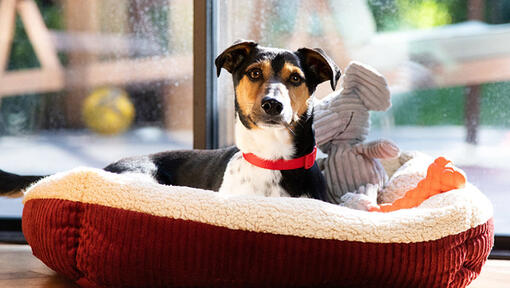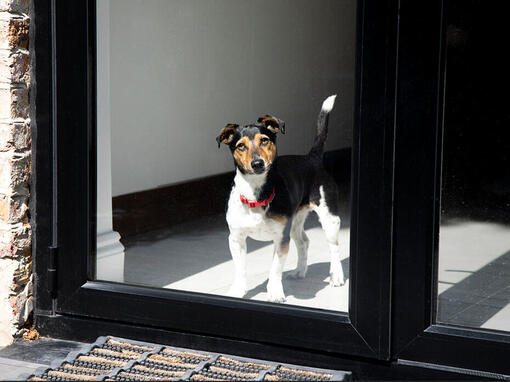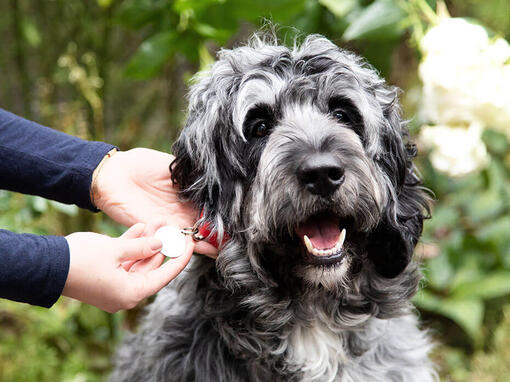Personality
Whilst the Neo’s background in fighting is long in the past, they remain a vigilant guarding breed. Loyal to family and well-known friends, and generally even-tempered, the well trained Neo is still likely to treat strangers in a reserved and aloof manner.
In common with many larger breeds, the Neapolitan Mastiff can be clumsy and seemingly unaware of their size and power, so caution is recommended when it comes to play and games involving wrestling or biting are not recommended at all. Often appearing serious and watchful, they can be affectionate, goofy and silly with their family. Drool is a serious consideration with this breed, it can be flung a long way!










